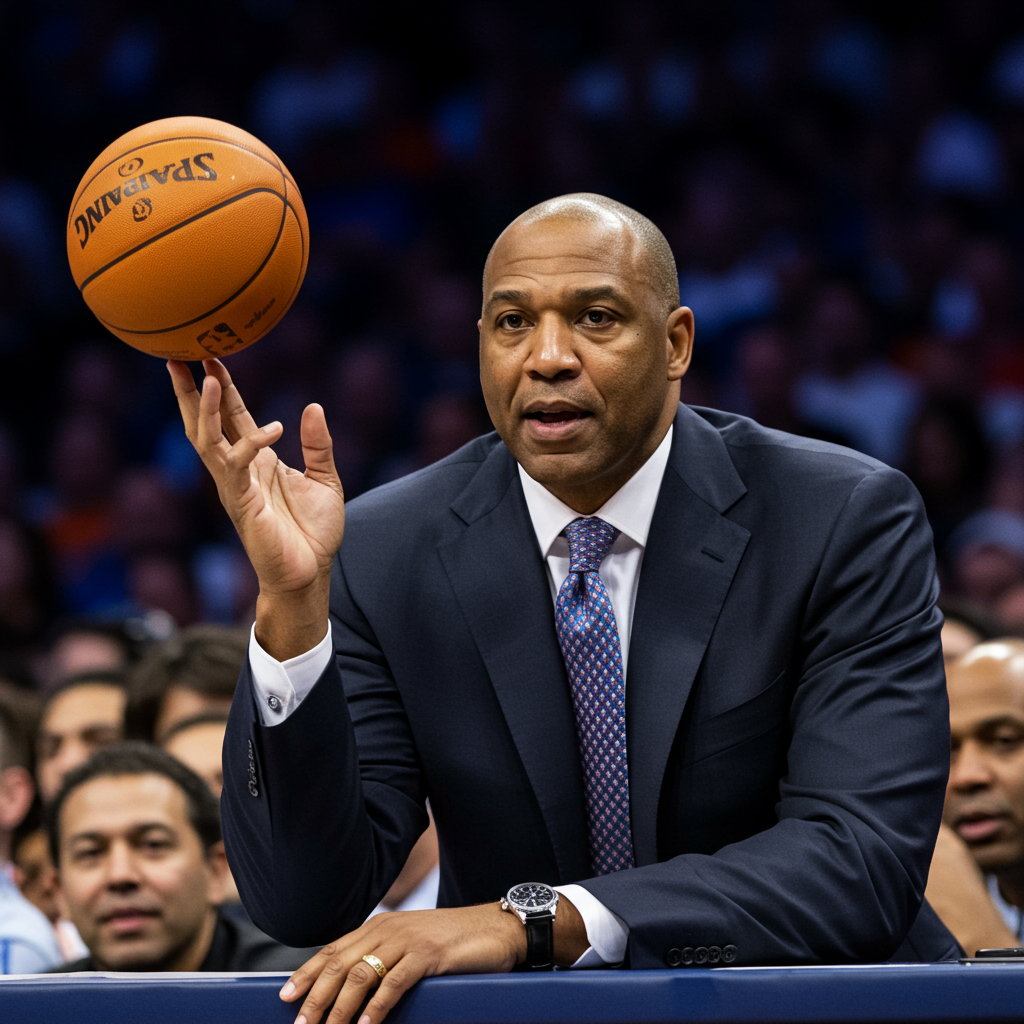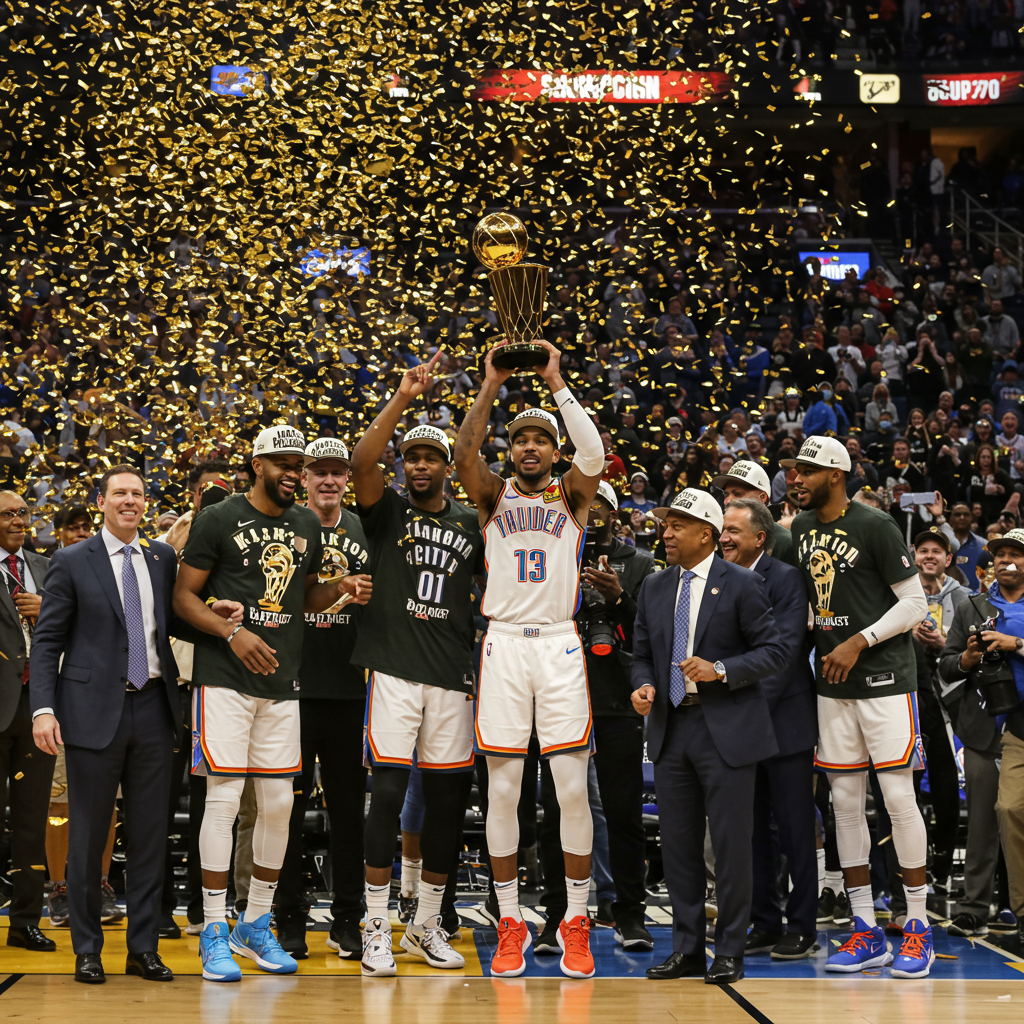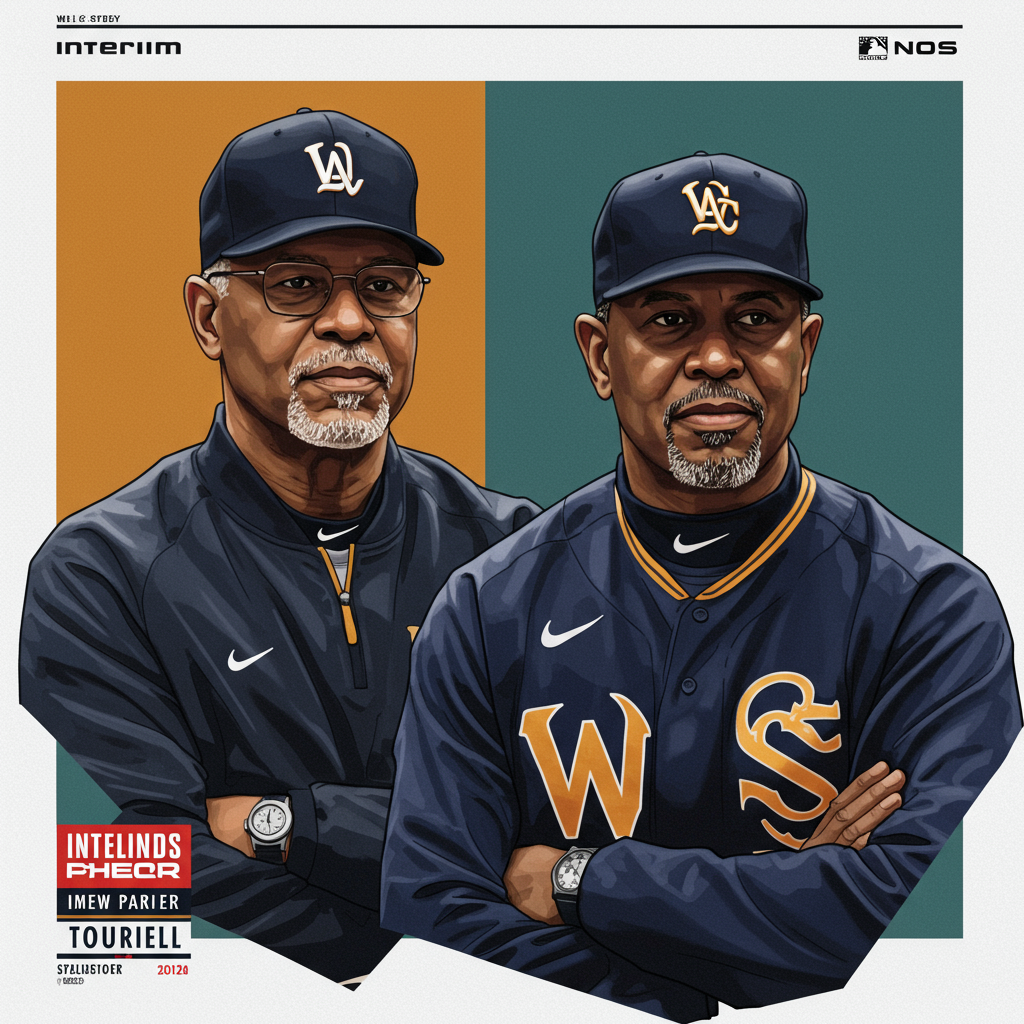The New York Knicks have officially concluded their head coaching search, announcing the hire of Mike brown to lead the team. This significant personnel decision marks a new era for the franchise, following speculation and pursuit of various candidates. While the news confirms the direction the front office intends to take, it also sparks considerable discussion and raises key questions among fans and analysts about brown’s fit, past history, and the team’s future trajectory under his guidance.
The Coaching Search and the “Meh” Factor
The process leading to Mike Brown’s appointment reportedly involved consideration of other potential candidates, including some currently under contract with other organizations. This exploration of alternatives before ultimately landing on Brown has arguably contributed to a somewhat lukewarm initial reception from segments of the fanbase. It’s understandable that the hiring of a coach who has previously held and subsequently been fired from four different head coaching positions might not ignite immediate widespread enthusiasm, particularly when contrasted with other prominent names that may have been linked to the job earlier in the process. The transition from a coach with a clearly defined, intense identity like Tom Thibodeau, whose relentless work ethic and defensive focus were hallmarks of his tenure, to a coach like Brown, with a varied career arc, prompts legitimate inquiry into the strategic shift.
Comparing Coaching Philosophies
A central question revolves around whether Mike Brown represents a better fit for a team aiming for championship contention compared to his predecessor, Tom Thibodeau. Thibodeau was known for his demanding approach, often maximizing player minutes and instilling a fierce defensive identity. His deep immersion in coaching, described as almost priestly devotion, and his history as a defensive architect, particularly during successful stints with the Knicks under Jeff Van Gundy and the championship Celtics, are well-documented. In contrast, Brown’s coaching profile, while also rooted in defensive principles (he won Coach of the Year primarily for his defensive impact), is often perceived as perhaps more adaptable and potentially less taxing on players physically. His success as an assistant, particularly with the Golden State Warriors, showcased an ability to integrate within a high-powered offensive system built around superstars, suggesting a capacity to evolve his strategies. The Knicks’ decision likely weighs these differing approaches against the current roster’s needs and the long-term vision.
Mike Brown’s Coaching Journey
Mike Brown brings extensive experience to the Knicks bench, including previous head coaching roles with the Cleveland Cavaliers (two stints), Los Angeles Lakers, and an impactful tenure as an associate head coach with the Golden State Warriors. His career began with foundational assistant roles where he honed his strategic understanding, particularly on the defensive end. He achieved significant success in Cleveland, guiding a LeBron James-led team to an NBA Finals appearance and earning Coach of the Year honors in 2009. While his stints in Los Angeles and a second run in Cleveland were shorter and less successful relative to heightened expectations, his time with the dynastic Golden State Warriors, contributing to multiple championships, significantly burnished his reputation, showcasing his value in a winning environment and working alongside established stars and innovative offensive minds.
Learning from Past Stops
Experienced coaches often emphasize the lessons learned from both successes and setbacks. Brown’s journey, marked by high-profile jobs and subsequent departures, suggests a coach who has navigated intense pressure and diverse team dynamics. Each stop offered unique challenges, from managing superstar expectations in Cleveland and L.A. to integrating into a championship culture as a top assistant. It is reasonable to assume these experiences have refined his approach to player management, strategic adaptability, and collaboration with front office personnel. A coach’s ability to evolve and apply insights gained from past environments is crucial for sustaining success in the demanding NBA landscape.
The Knicks Context: Leon Rose’s Vision
Mike Brown’s hiring occurs within the broader strategic framework being implemented by New York Knicks President Leon Rose. Since taking the helm, Rose has been systematically restructuring the front office, bringing in personnel with specific expertise in areas like scouting, player personnel, and salary cap strategy. The addition of experienced figures to key roles indicates a deliberate effort to build a robust basketball operations infrastructure. Brown’s selection as head coach appears to be a key piece in Rose’s ongoing plan. The choice of Brown suggests a perceived alignment between his coaching philosophy – whether it prioritizes player development, a specific style of play, or organizational stability – and the long-term vision the front office holds for the team.
Player Development Under Brown
A critical aspect of building a sustainable contender often lies in the ability to develop talent already on the roster and integrate young players. Brown’s history, particularly his work with developing players earlier in his career and his role in optimizing the performance of stars as an assistant, provides insight into his potential impact in this area. For a Knicks team potentially featuring a mix of established players and developing prospects, a coach’s capacity to foster growth and maximize individual potential is paramount. Evaluating Brown’s track record in this regard becomes essential when projecting the team’s trajectory.
What Does Success Look Like for Mike Brown’s Knicks?
Defining success for the Mike Brown era is crucial. Given the context of his hiring and the typical trajectory of NBA teams, immediate championship contention might be an unrealistic baseline expectation. A more pragmatic view might focus on consistent playoff berths, demonstrating tangible year-over-year improvement in key areas like defense, offensive efficiency, and player development. Success could also be measured by the team establishing a clear identity, fostering a positive and disciplined team culture, and making strategic roster moves that align with the long-term vision. The goal is likely to build a foundation that can eventually compete at the highest level, rather than necessarily hoisting a trophy in his first season. This represents a shift in focus compared to the immediate win-now pressure that might have been associated with other coaching candidates or previous eras.
Navigating Expectations and Pressure
Coaching the New York Knicks comes with unique and intense pressure from a passionate fanbase and constant media scrutiny at Madison Square Garden. Brown’s prior experience coaching prominent franchises like the Cavaliers (with LeBron) and Lakers, and working alongside global superstars in Golden State, suggests a certain level of preparedness for this environment. His ability to remain focused on the task at hand, manage external noise, and maintain composure under pressure will be critical factors in his success and the team’s performance in the demanding New York market.
The Broader NBA Landscape and Roster Challenges
Successful NBA coaching requires more than just Xs and Os; it demands navigating complex roster construction, financial strategy, and managing star talent. Like many teams across the league, including recent examples such as others grappling with significant offseason decisions, organizations constantly weigh immediate roster needs against long-term financial flexibility. Making decisions on key players, whether through free agency acquisitions or strategic trades, significantly impacts a coach’s ability to succeed. Balancing the imperative to build around current core pieces while planning for future player acquisitions and managing cap space presents a continuous challenge for front offices, one that directly affects the playing roster Mike Brown will oversee. Furthermore, the management of star player contracts and navigating player futures presents another layer of complexity. Allowing the fate of a core asset to remain uncertain can create instability and risk significant future costs, a dynamic seen in other New York sports franchises. A coach’s relationship with key players and their stability on the roster directly impacts team chemistry and on-court strategy. Brown’s success will partly hinge on the front office’s ability to navigate these critical personnel decisions effectively, ensuring he has the necessary tools and a clear path for building a cohesive and competitive team.
Frequently Asked Questions
Why did the Knicks hire Mike Brown despite past firings?
The Knicks’ decision likely reflects a strategic choice by President Leon Rose and the front office. Despite previous head coaching stints ending in dismissal, Brown brings valuable experience, including success in developing talent, earning Coach of the Year honors, and contributing to championships as a key assistant. The front office may see his specific skills and evolution as a coach as a better fit for the current roster composition and the organization’s long-term building plan compared to other available candidates.
How does Mike Brown’s coaching style differ from Tom Thibodeau’s?
While both coaches have defensive backgrounds, Thibodeau is known for extreme intensity, high player minutes, and a rigid system. Brown, while also emphasizing defense, is often perceived as potentially more adaptable. His recent success as an assistant with the Warriors suggests an ability to work within different offensive frameworks and perhaps a more measured approach to player management, which could contrast with Thibodeau’s demanding style.
What are the realistic expectations for the Knicks under Mike Brown?
Realistic expectations under Mike Brown likely involve consistent improvement and establishing a clear team identity focused on discipline and strategic play. While immediate championship contention may be ambitious, aiming for regular playoff appearances, developing existing talent, and building a stable, competitive roster through sound front office decisions should be the near-term goals. Success will be measured by progress towards becoming a sustained winning organization.
The hiring of Mike Brown is a pivotal moment for the New York Knicks. While the initial reaction may be tempered by his past history, a deeper look reveals a coach with significant experience, valuable lessons learned from diverse environments, and recent success in a championship setting. His effectiveness will ultimately depend on his ability to implement his vision, develop the roster, navigate the unique pressures of the New York market, and work collaboratively with Leon Rose and the front office to address the complex team-building challenges that define success in the modern NBA.
Word Count Check: 1148




